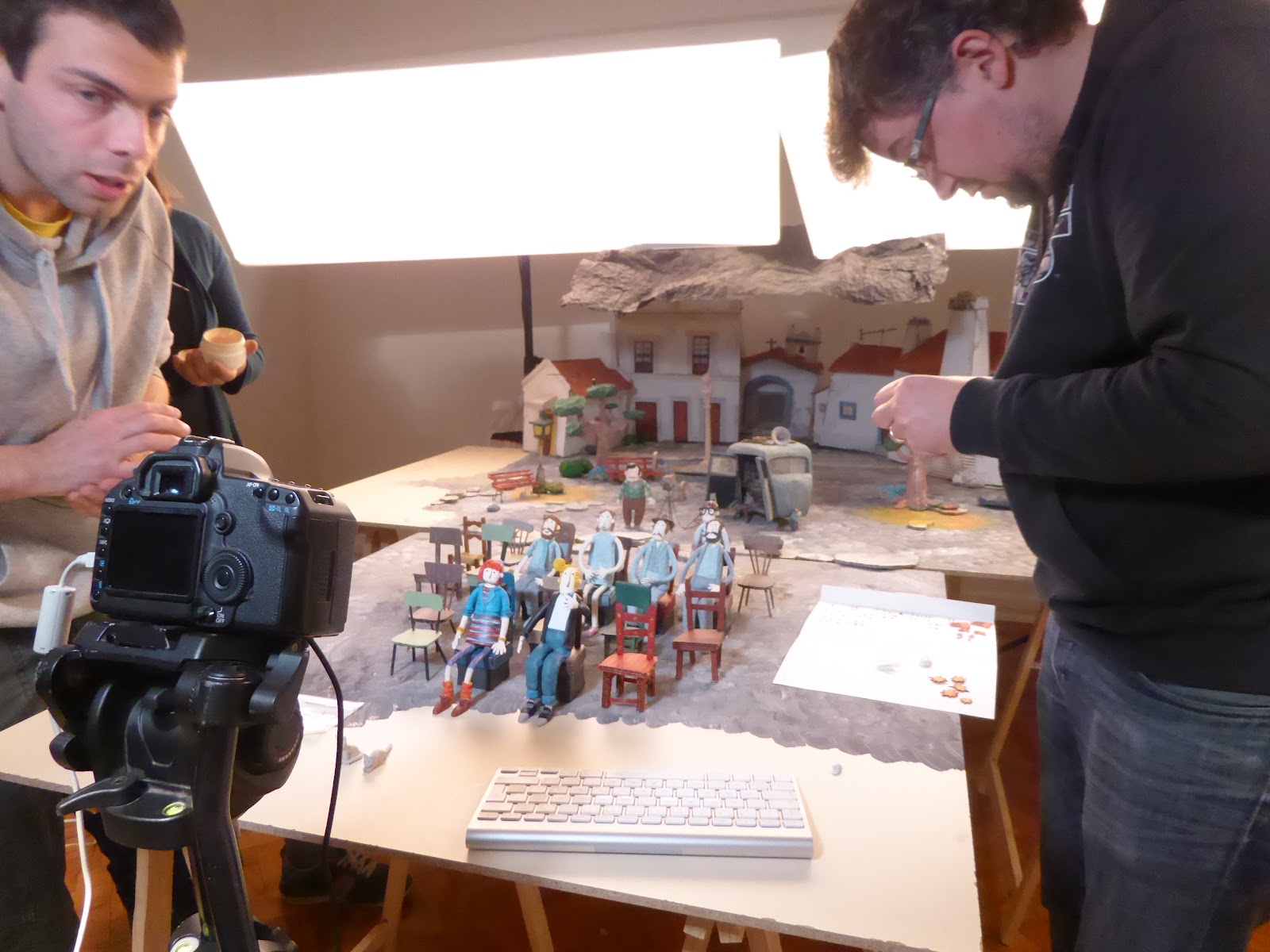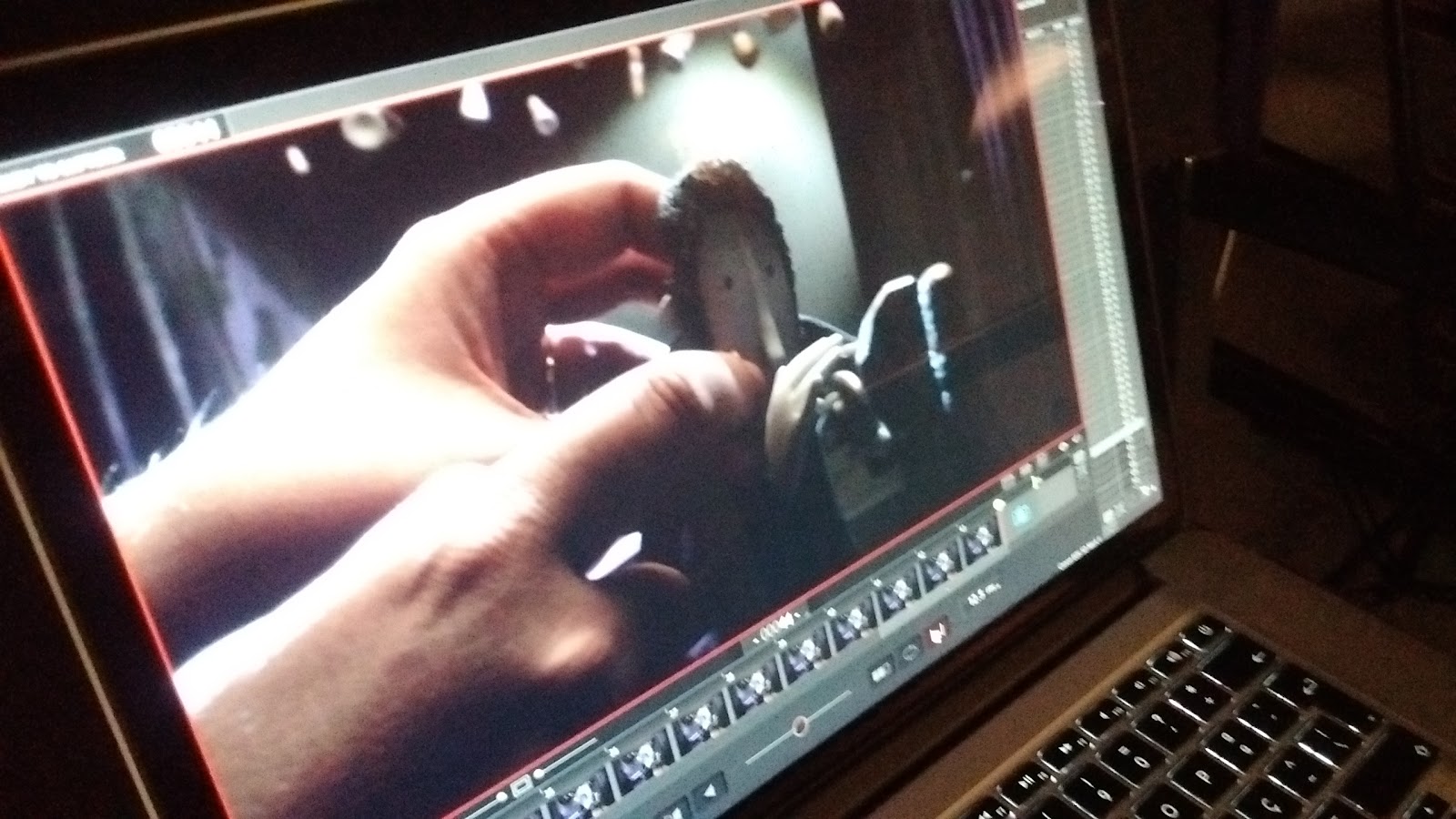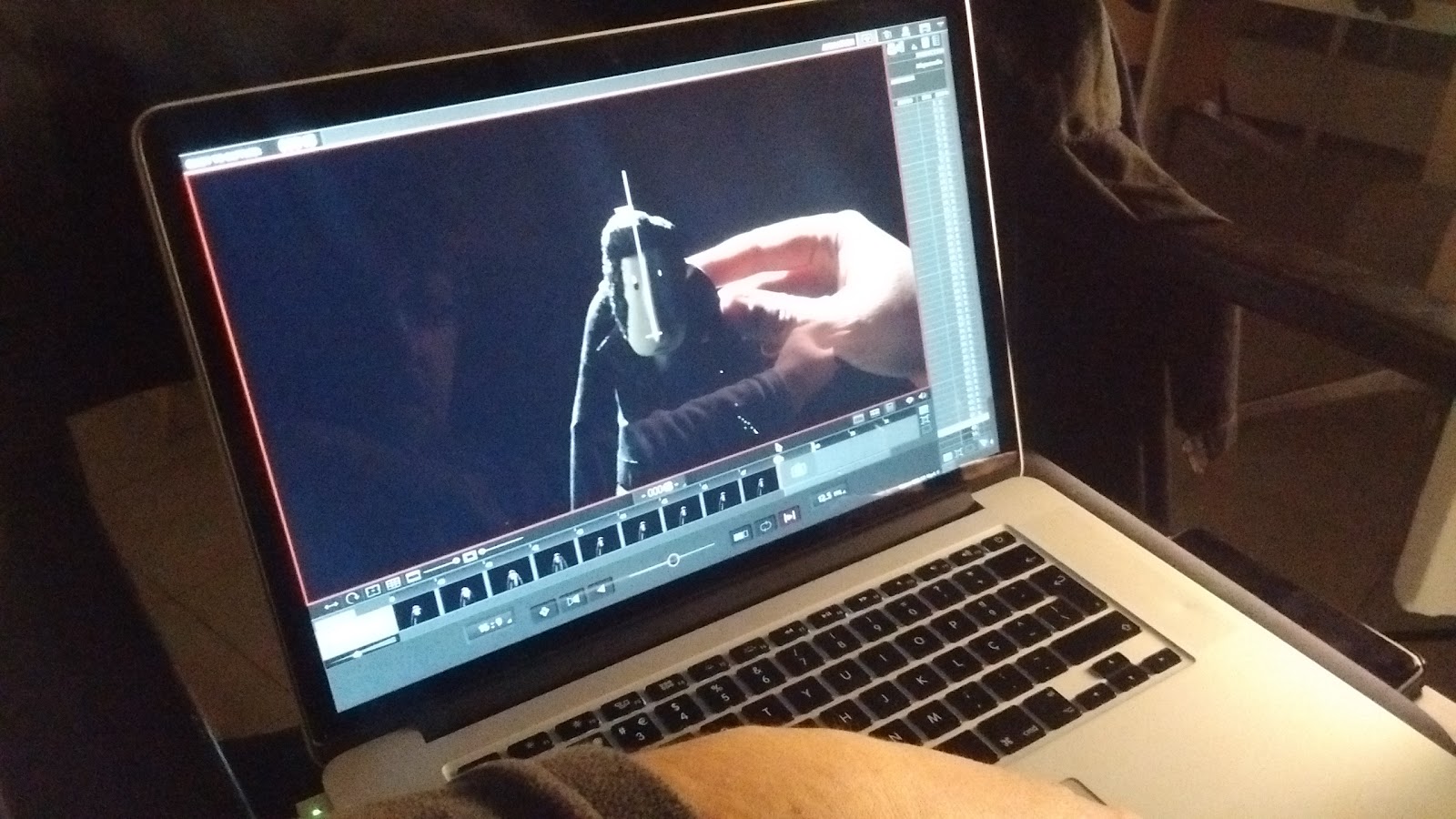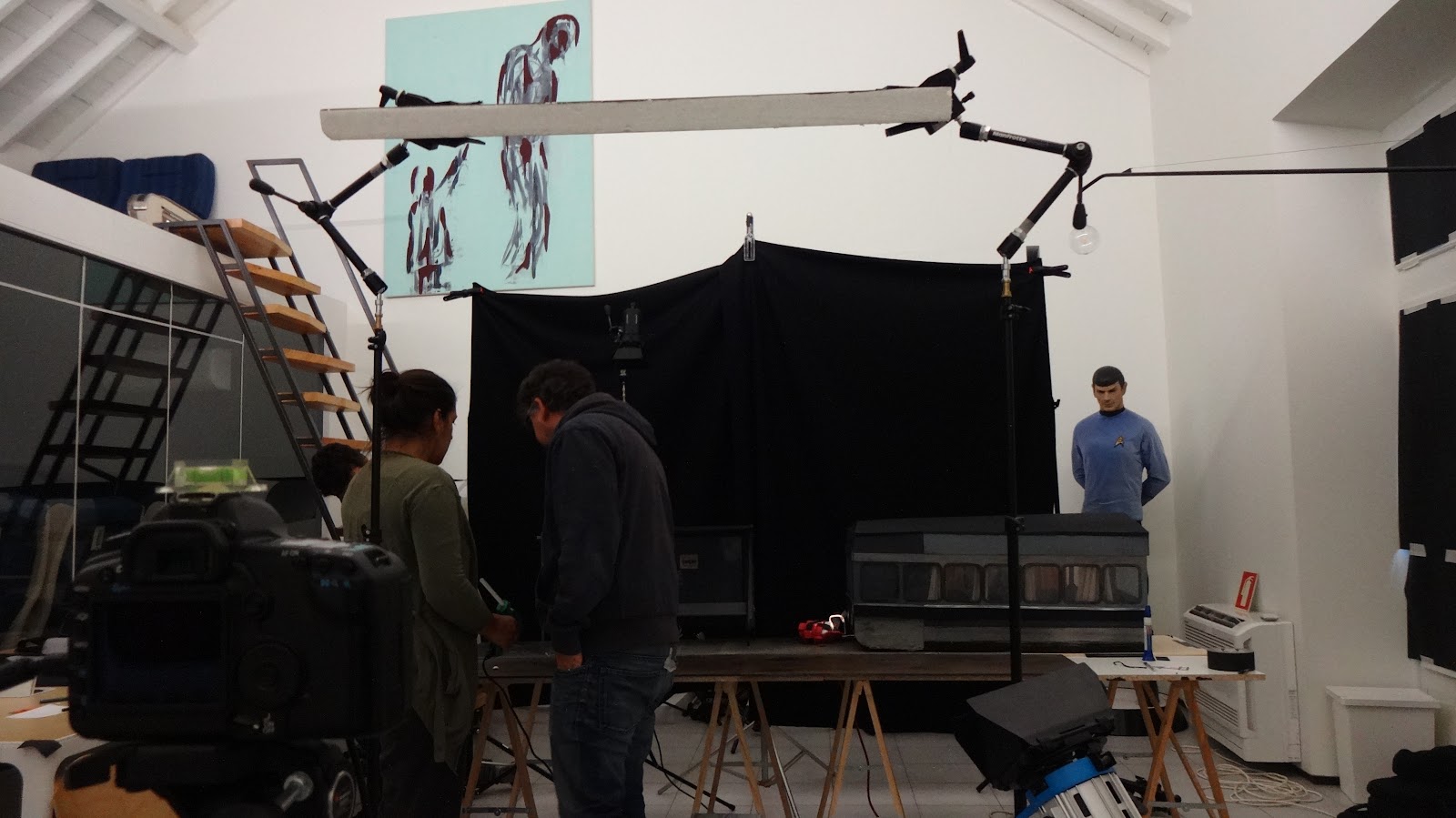There are few things that are quite like heartbreak – heartbreak of the soul-crushing kind: More than any commonly shared languages or cultural beliefs or social practices is something so universally shared and understood as the pain of heartbreak. However, what makes heartbreak so odd, so unique next to other kinds of pain, is its ability to confine its casualty in a
feeling – a prison of a kind isolation that is amazingly personal, inexplicable, and easily crippling. There seems, of course, an easy fix – communication, sharing past pain, past heartbreaks. Words, however, so often fail us. And yet, there
is a cure, albeit one that gets so often overlooked. It lingers, waiting to be discovered after the rest have failed. The cure is called art, and its remedy for heartbreak can lie in unexpected places – a cluttered attic, a dormant Netflix queue, a musical instrument that has long since been forgotten. Perhaps its healing power comes from its extraordinarily personal quality, which also happens to be the exact same quality that makes heartbreak so isolating. Furthermore, art – like heartbreak – can transcend. Art, unlike words, has a unique ability to transcend time, space, identity, political belief, social practices, and, above all, pain and heartbreak.
 |
| Still from Fundo da Garrafa in which the main character - the rival lover from Cinegirasol - roams the streets of a big city in a time of distress. All photos courtesy of Col.A - Animation Collective. |
In his recent stop motion music video for the Portuguese alternative rock band “Os Azeitonas,” Portuguese animator Bruno Caetano perfectly captures this feeling of isolation and of the essence of art’s healing quality, flawlessly capturing the sentiment of the band’s all-out blues song, “Fundo da Garrafa.”
The idea for the music video, devised by the band itself, was to continue a tale begun to be told in Caetano’s first music video for the band called “Cinegirasol.”
Cinegirasol essentially tells the story of a romance between two lovers and a rival suitor that takes place in a small town. The focal point of
Cinegirasol is the magic of Hollywood blockbuster cinema which brought to the music video’s small town by real-life Portuguese movie enthusiast and promoter, António Feliciano. However, taking an untraditional route for the second music video,
Fundo da Garrafa, “Os Azeitonas” decided to follow the story the rival and not the happy couple.
 |
| "Fundo da Garrafa" bar from a final still from Fundo da Garrafa. |
From the very start, it’s obvious that
Fundo da Garrafa is a very different kind of film from that of
Cinegirasol, the most immediate difference being that
Cinegirasol is presented in color, whereas the rival suitor’s the world in
Fundo da Garrafa is framed in black-and-white, inspired by the moody contrasts of noir films. In
Fundo da Garrafa, slick, rain-washed streets in big cities and glasses of whisky replace the starry, wide-open skies and buckets of popcorn in small towns seen in
Cinegirasol.
 |
| Final still from Fundo da Garrafa in which the rival rides a bus to the big city. |
Fundo da Garrafa, the experience of emotional isolation steep the entirety of the film. The music video opens with the rival suitor leaving the small town which in
Cinegirasol he lived by taking a vacant bus to a big city. Once in the city, his feeling of loneliness is poetically externalized by his being surrounded by floods people, but two dimensional people. For the first minute-and-a-half of the music video, he’s the only three dimensional character. Perhaps this metaphor could even be interpreted as a sly observation about the psychological state of someone who feels incredibly lonely after heartbreak – that they see themselves as the only person who can really understand their unique loneliness, the only person who’s truly “three-dimensional,” in that they’ve convinced themselves that their heartbreak is a necessary means to retain their identity. It’s not until the rival suitor walks into a run-down bar – a bar called “Fundo da Garrafa” – that he, for the first time in the music video, is surrounded by other three-dimensional, characters.
 |
| Final still from Fundo da Garrafa in which the rival rides an otherwise empty train to a big city. |
“When the character walks into the bar he feels that he’s amongst people that are in similar situations – outcasts, lonely people who have their own stories, their own pains,” explains Caetano.
In our interview, Bruno Caetano tells us about how he became involved in making two music videos –
Cinegirasol and
Fundo da Garrafa – as well of the challenges that he and his colleagues faced along the way to make them the best music videos the two films could possibly be. He also tells us about what Os Azeitonas’s songs meant personally to him and the kind of soul searching that “Fundo da Garrafa” required him to do. You can read our interview below in full.
 |
| Final still from Fundo da Garrafa in which the rival drinks whisky at a bar. |
A.H. Uriah: It’s become obvious to me from watching both Cinegirasol and Fundo da Garrafa that you must be a huge film buff and simply an all-around cinema history aficionado. Contrary to the kind of films you and your colleagues drew inspiration from and referenced in Cinegirasol – classic “blockbuster” films such as Indiana Jones, Star Wars, and King Kong – in Fundo da Garrafa you’re looking at a earlier time in cinema history – the black-and-white era, spanning from the the earliest days of cinema to the 60s’. What films inspired the aesthetic of Fundo da Garrafa and how did your cinematic inspirations and those of your colleagues influence the film?
Bruno Caetano: It all started when I was originally contacted by Miguel Aráujo, a Portuguese musician that, at the time, played with the band “Os Azeitonas.” They were going to do a music video for a song called “Cinegirasol,” paying homage to Portuguese movie enthusiast and promoter, António Feliciano. For decades, Mr. Feliciano has owned (and still owns) a cinema in a little town in the south of Portugal, and he, with great passion, has gone from town to town with his van, showing movies to everyone that lives outside the big cities. It’s quite the story for a music video to have a character that devotes his whole life spreading cinema to all – the possibilities are endless.
 |
| Indiana Jones homage from a final still from Cinegirasol. |
 |
| The pedestal from the Indiana Jones homage from Cinegirasol in the making. |
 |
| Props and characters from the Indiana Jones reference in Cinegirasol. |
 |
| Cinegirasol co-director, director of photography, and animator Rui Telmo Romão on the set of Cinegirasol. |
When “Os Azeitonas” told me that the script had been written by none other than Nuno Markl – a Portuguese Renaissance man when it comes to creating creative content and great stories – I was blown away. How could I pass such a great opportunity to work with these guys? I then called up a few friends – stop motion enthusiasts and professionals – and we started this crazy project.
 |
| Stop motion set for the King Kong homage in Cinegriasol. |
 |
| Making of the King Kong puppet for the King Kong homage in Cinegirasol. |
 |
| Unpainted King Kong puppet for the King Kong homage in Cinegirasol. |
We were in love with the original script. The quantity of great movie references were not only familiar but also quite loved by us all.
Cinegirasol co-director Rui Telmo Romão and I immediately started to adapt the script. We added a few bits in here and there, but nothing major. At the end of the day, everybody was really happy with what we had – a true homage to the movies.
 |
| The projection van from Cinegirasol on set. |
 |
| Cinegirasol set in the midst of being animated. |
 |
| Van from Cinegirasol in the making. |
 |
| Rui Telmo Romão (left) and Bruno Caetano (right) animating on the set of Cinegirasol. |
A few good months after
Cinegirasol came out, Mario Brandão from “Os Azeitonas,” gave me a ring and asked if we would be interested in doing a sequel to the story. The idea they had was that we would follow the life of the villain after the events of
Cinegirasol, but showing that he was not all bad. I then talked to Rui Telmo Romão and we both liked the idea. This time we wrote the original draft and Nuno Markl added some of his magic. The focus was not to again showcase several movie references, but instead to tell this story as if the character was stuck in a noir-esque universe, with all the great things the language of noir has to offer.
 |
| Rui Telmo Romão and Ana Bossa (art director, set and prop builder of Cinegirasol) on the set of Cinegirasol. |
Overall, both of these music videos are a sum of influences and references to movies that we grew up with – movies that helped develop our taste in this art form, as well helped define our character in life. I truly believe our generation grew up amongst beautiful and entertaining films, and that that deeply impacted who we are as a whole.
 |
| Ricardo Mata (puppet, set and prop builder) making cardboard t-rex puppet for Cinegirasol. |
 |
| Bruno Caetano in the midst of animating the Jurassic Park homage set from Cinegirasol. |
 |
| A set from Cinegirasol in the midst of being made. |
A.H.: Can you tell us a little bit about your involvement with Fundo da Garrafa and the tasks you executed as co-director, animator, and producer?
BC: Fundo da Garrafa was a little odd: Since we had several techniques in play (stop motion, traditional animation and live action), we all contributed in the best way we could. I felt more at ease with the stop motion bit. Besides his stop motion work on the project, Rui Telmo Romão did a great job with the live action bit that I didn't felt as comfortable with, and Luís Soares co-directed and took the lead on the traditionally animated scenes. Everybody invested so much into their creative output in the project that I think shows in the final result.
 |
| Bruno Caetano animating on the set of Fundo da Garrafa. |
As a producer, things tend to be a lot different – it’s a more technical job. One has only to be creative when it comes to controlling the budget, and we all know music videos tend to have very limited budgets for the amount of work involved. That, to me, was the hardest part.
 |
| Bruno Caetano animating on the set of Fundo da Garrafa. |
A.H.: It seems to me that the main sentiment of Fundo da Garrafa is about the kind of loneliness and depression that transpire after a particularly bad breakup. I find the way that this is addressed in the film extraordinary poetic: Up until the scene in the bar (which happens well after the one minute mark in the film), the main character is the only three-dimensional character in the film. To start, he rides an empty bus to a city where everyone else that passes by is a two-dimensional figure. Even his ex-love interest, who is also a three-dimensional character, is only seen a picture, making even her two-dimensional. It’s not until the main character enters the bar that he sees, for the first time, other three-dimensional characters. What thought process went into making the creative decision of having two dimensional characters in a three-dimensional world? Also, what went into making the creative decision of incorporating two-dimensional animation and live action later on in the dream sequence?
BC: The idea of telling what happened to the villain, brought to us by “Os Azeitonas,” was in and of itself brilliant. Nobody ever cares about what happens next with these guys. I think it all fell in place for me when I first listened to the song itself – it just oozes that sadness we needed to tell such a story.
 |
| Final still from Fundo da Garrafa in which three-dimensional characters loiter in a bar. |
 |
| The bar set and characters from Fundo da Garrafa. |
For me, when a bad breakup falls into place, you feel completely taken away from this planet. You feel out of place and different from all your surroundings. We tried to show that with the 2D characters, that feeling of differences.
 |
| Final still from Fundo da Garrafa in which two-dimensional characters patrol the streets of a big city. |
When the character walks into the bar he feels that he’s amongst people that are in similar situations – outcasts, lonely people who have their own stories, their own pains. Ana Bossa, the artistic director behind both videos, did a great job setting up the mood and differencing both the 2D and 3D worlds. It was a challenge, but she pulled it of with distinction.
 |
| Rui Telmo Romão lighting the bar set of Fundo da Garrafa. |
A.H.: On Fundo da Garrafa, as the co-director you worked with and oversaw a relatively small crew to produce the music video. How did you communicate with your collaborators along the way and what proved to be the most beneficial process to developing a great creative collaboration?
BC: Fundo da Garrafa was a hard film to produce. It’s never easy when there’s not enough money to do it full time. Some of us worked for a whole month, others worked for longer, but at the end of the day almost all of us had side jobs or full time gigs, making everything difficult to put together. It was not easy.
 |
| Ana Bossa, Spock and Rui Telmo Romão on the set of Fundo da Garrafa. |
But, even thought we had some issues, the creativeness of the people involved shows. Everybody brought their art and talent to the film and it’s there. In the film, you can find present a bit of everyone that worked on the project, making it what it is.
 |
| Ricardo Mata, Ana Bossa, Bruno Caetano...and Spock on the set of Fundo da Garrafa. |
A.H.: How did Os Azeitonas’ song “Fundo da Garrafa” influence and impact your work on the Fundo da Garrafa music video throughout the production process? Relating to that question, what did the song personally mean to you while you were working on the music?
BC: I immediately fell in love with the song. “Os Azeitonas” are a truly talented band. They always surprise me with what they do next. You never know what’s around the corner when it comes to such creative people. After the upbeat and pop-esque “Cinegirasol,” I never expected a strong blues song like “Fundo da Garrafa.” Yet it felt perfect for the synopsis they came up with.
 |
| The train set from Fundo da Garrafa in the midst of being animated. |
 |
| The train set from Fundo da Garrafa. |
 |
| Rui Telmo Romão lighting a set from Fundo da Garrafa. |
Personally it reminded me of past relationships and breakups, and I how had to channel all the heart breaks and all the crappy feelings that came from them. It’s always a strange and dark exercise when you search the saddest and most gut-wrenching moments in your life, but it couldn’t be done any other way – the song, and the story, demanded it.
 |
| A street set from Fundo da Garrafa. |
A.H.: Do you have any projects that you’re working on currently that you can tell our readers about?
BC: I’m currently working on several projects.
Firstly I’m working on a development project called “A cada dia que passa…” (“With every passing day…”) that will be looking for funding next year. I’m also working on short film with the working title “O jardim secreto” (The Secret Garden) that got funded and is now looking for minority co-productions. And, as always, I’m working on some advertising projects.
 |
| The bar set from Fundo da Garrafa. |
I am truly grateful to have worked on
Cinegirasol,
Fundo da Garrafa, and
Axl Rose – the former being the latest music video that I directed for Miguel Araújo. I truly believe these three projects helped a lot to spread my name as a producer and a director in Portugal, as well as abroad, and that is helping me get new jobs and to pay the bills. I am forever grateful for the people that helped made this a reality, and to some I’m forever in their debt.
 |
| Bruno Caetano animating on the set of Fundo da Garrafa. |
You can watch
Fundo da Garrafa by going
here.
You can watch
Cinegirasol by going
here.
To learn more about Bruno Caetano you can visit his
Vimeo and
Facebook.
If you’re interested, you can explore more of Os Azeitonas by visiting their
YouTube,
Spotify,
website,
Facebook, and
iTunes.
You can stay tuned for the upcoming interviews and articles by subscribing to Stop Motion Geek via the “subscribe” button at the top right corner of our
homepage, or by following us on Facebook
@StopMotionGeek, or by visiting
https://www.facebook.com/StopMotionGeek/. You can also stay up-to-date with the blog by following us on
Instagram or
@stop.motion.geek.blog.
 |
| Still from Fundo da Garrafa in which the main character - the rival - finds solace in playing his trumpet. |








Comments
Post a Comment